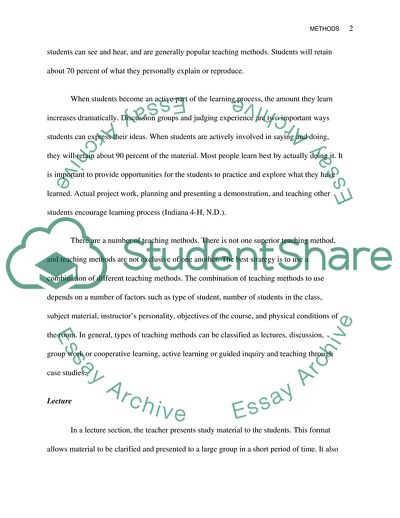Cite this document
(Variety of Teaching Methods Coursework Example | Topics and Well Written Essays - 1500 words, n.d.)
Variety of Teaching Methods Coursework Example | Topics and Well Written Essays - 1500 words. https://studentshare.org/education/1703130-technical-paper
Variety of Teaching Methods Coursework Example | Topics and Well Written Essays - 1500 words. https://studentshare.org/education/1703130-technical-paper
(Variety of Teaching Methods Coursework Example | Topics and Well Written Essays - 1500 Words)
Variety of Teaching Methods Coursework Example | Topics and Well Written Essays - 1500 Words. https://studentshare.org/education/1703130-technical-paper.
Variety of Teaching Methods Coursework Example | Topics and Well Written Essays - 1500 Words. https://studentshare.org/education/1703130-technical-paper.
“Variety of Teaching Methods Coursework Example | Topics and Well Written Essays - 1500 Words”. https://studentshare.org/education/1703130-technical-paper.


